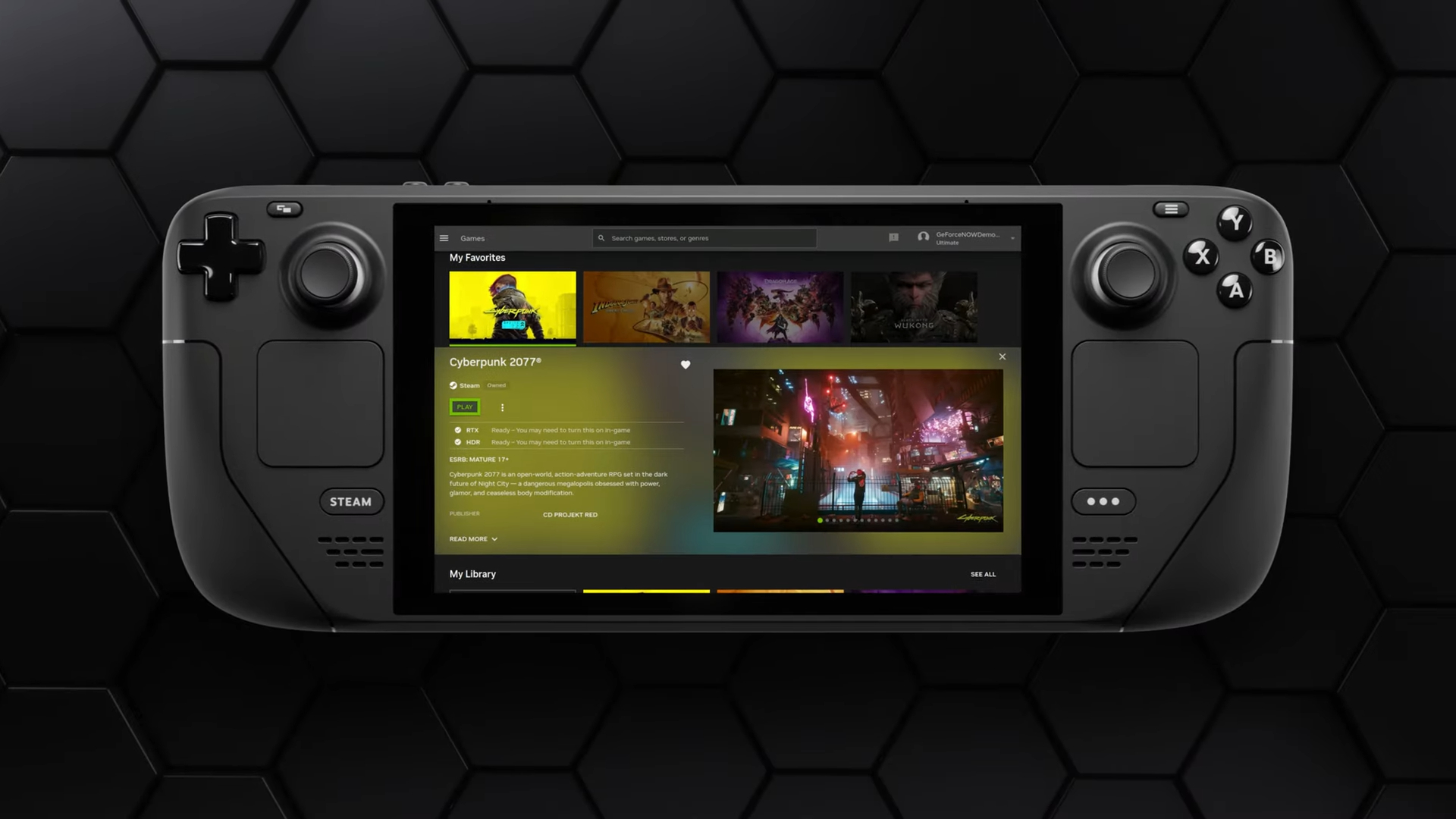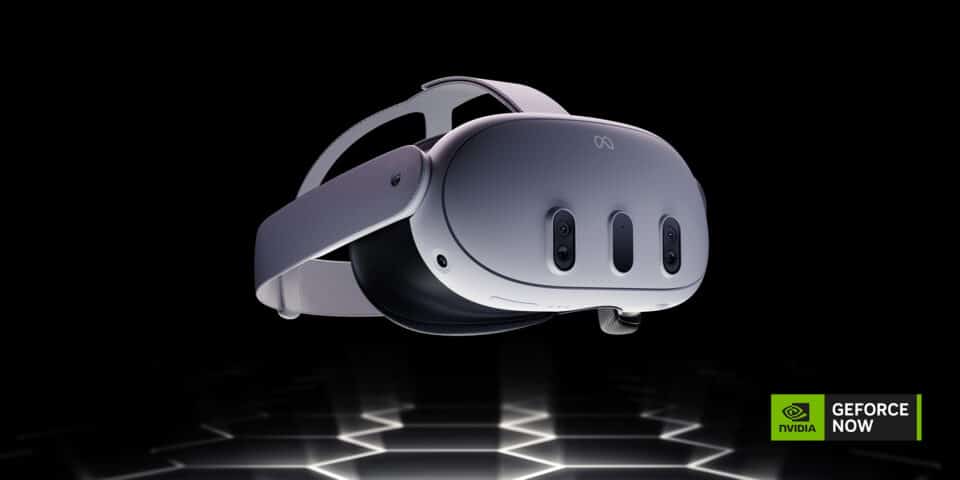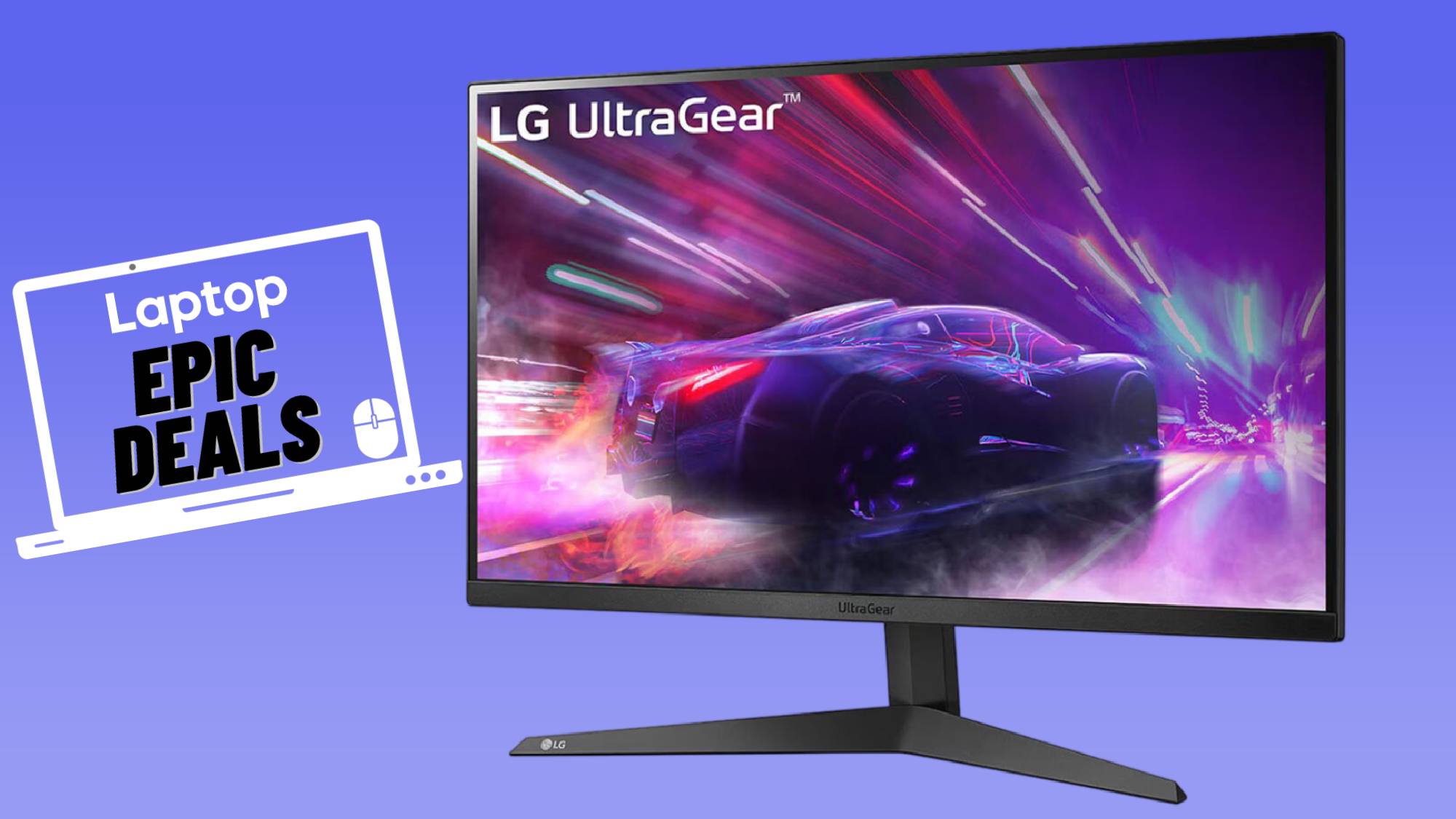Nvidia GeForce NOW just made the Steam Deck and Quest 3 headsets gaming powerhouses
Nvidia's cloud-gaming platform will bring thousands of PC games to Steam Deck handhelds and Meta Quest headsets with RTX 4080-level graphics.

Gaming's unlimited potential for exploring new worlds, being captivated by fantastical stories, and drawing you into immersive adventures is hampered only by one thing: hardware.
As AAA games push the boundaries further, more and more machines are left in the dust below minimum required specifications, eliminating countless gamers from enjoying the latest and greatest titles. Many of them are further restricted by the type of hardware they own, with the game libraries of their chosen console hampered by compatibility, hamstrung by performance, or held at arm's length by dastardly exclusivity deals.
However, there exists a great equalizer: the cloud-based, RTX-powered gaming potential afforded by Nvidia GeForce NOW and its 2,100-plus strong game library.
At CES 2025, Nvidia not only announced that it will be bringing a native version of the GeForce NOW app to Valve's Steam Deck later this year, but also adding support for various virtual and mixed reality headsets like the Meta Quest 3, Quest 3S, and Apple Vision Pro later this month.
This article is part of a Laptop Mag special issue highlighting news, reviews, interviews, and analysis of the best in consumer tech showcased at CES 2025, direct from Las Vegas, Nevada. For more coverage, check out Laptop Mag's CES 2025 special issue.

St(r)eam Deck
While Valve coder Pierre-Loup Griffais was quick to dash immediate hopes of a Steam Deck sequel on Bluesky following the reveal of the AMD Ryzen Z2 Extreme APU potentially prompting Valve's requirements for a "generational leap" in tech to bring about a follow-up to the company's popular handheld gaming PC, Nvidia's CES 2025 announcement of a native GeForce NOW app may have many asking, "Who needs a Steam Deck 2 anyway?"
It's bad news for Corsair and Elgato, as Valve's handheld may soon ironically be referred to as the real Stream Deck, but good news for Steam Deck owners feeling the hardware pinch in the wake of more powerful releases and announcements like the ROG Ally X or Acer Nitro Blaze 8.
With an Nvidia GeForce NOW subscription, Steam Deck owners can unlock a vast library of PC games, including titles on other platforms such as Epic Games Store, Battle.net, Xbox Game Pass, and Ubisoft Connect.
Not only that, subscribers can enjoy these titles with impressive GeForce RTX 4080-level graphics, far beyond the capabilities of the in-device AMD APU, with higher subscription tiers even offering DLSS 3 performance enhancements and ray tracing.
Connect your Steam Deck to a monitor and the benefits increase further, with resolutions and frame rates boosted up to 1440p at 120 fps (frames per second) with HDR, or connect to a TV to unlock 4K resolutions at 60 fps with HDR.

Desktop-quality gaming on Quest headsets is now a (virtual) reality
Thanks to options like Quest Link, Steam Link, Virtual Desktop, and more, playing PC games on Meta Quest headsets isn't something entirely new to those who already own a powerful gaming rig.
However, what about those who don't own a gaming laptop or desktop computer and want to get in on some of the biggest gaming titles unavailable for Meta's Horizon OS platform?
Well, thankfully, Nvidia has also announced that it plans to expand support for various virtual and mixed reality headsets like the Meta Quest 3 and Apple Vision Pro later this month.
Owners of supported headsets will access the game streaming service by visiting play.geforcenow.com through their platform's browser, where they can begin streaming hundreds upon hundreds of gamepad-compatible titles with the same host of graphics-enhancing DLSS 3 and ray tracing options made available.
More from Laptop Mag

Rael Hornby, potentially influenced by far too many LucasArts titles at an early age, once thought he’d grow up to be a mighty pirate. However, after several interventions with close friends and family members, you’re now much more likely to see his name attached to the bylines of tech articles. While not maintaining a double life as an aspiring writer by day and indie game dev by night, you’ll find him sat in a corner somewhere muttering to himself about microtransactions or hunting down promising indie games on Twitter.


